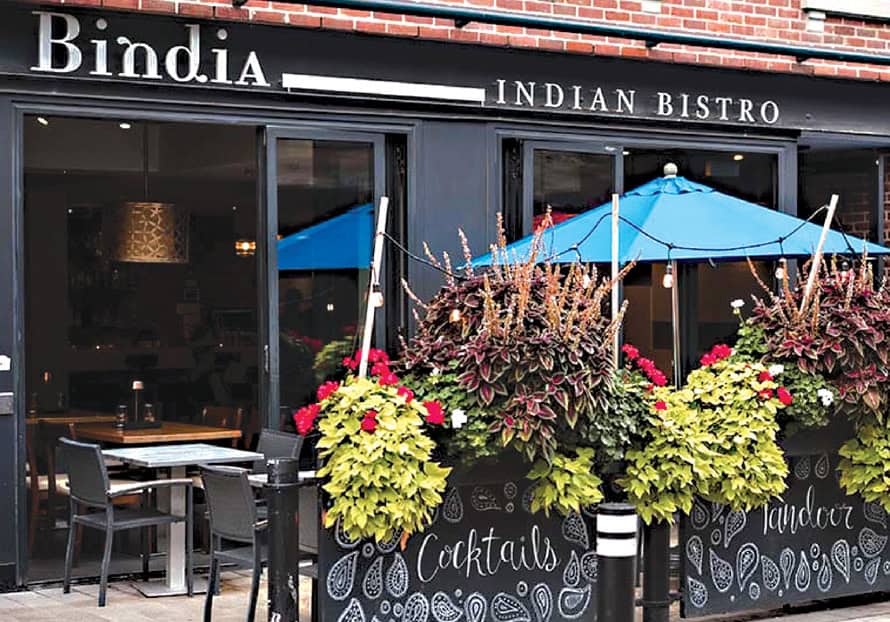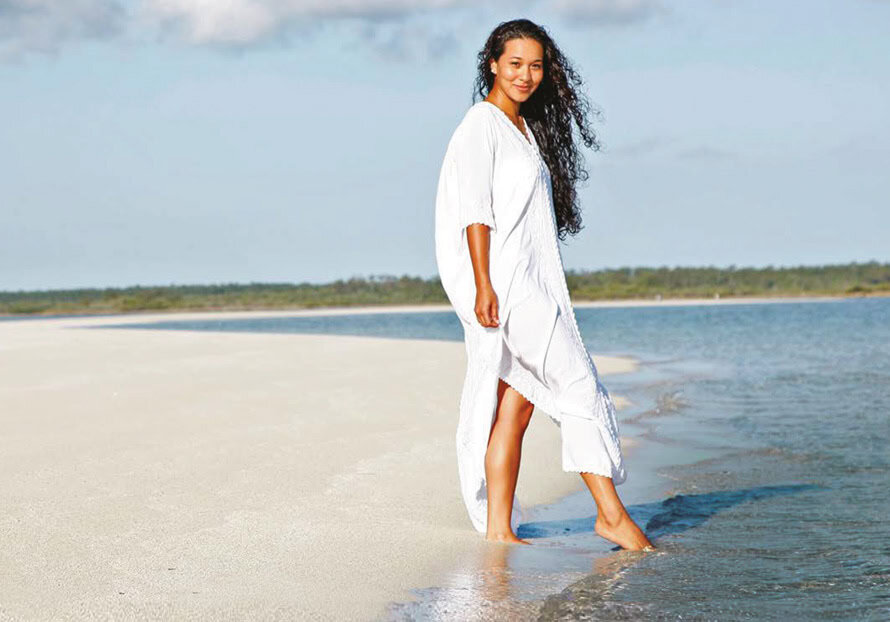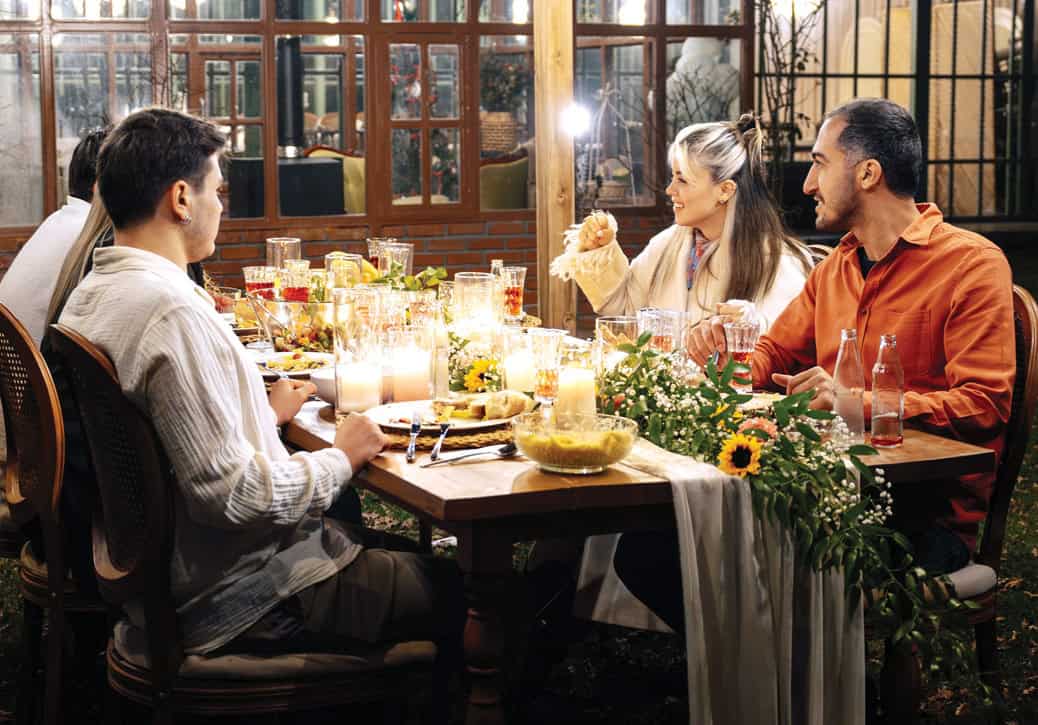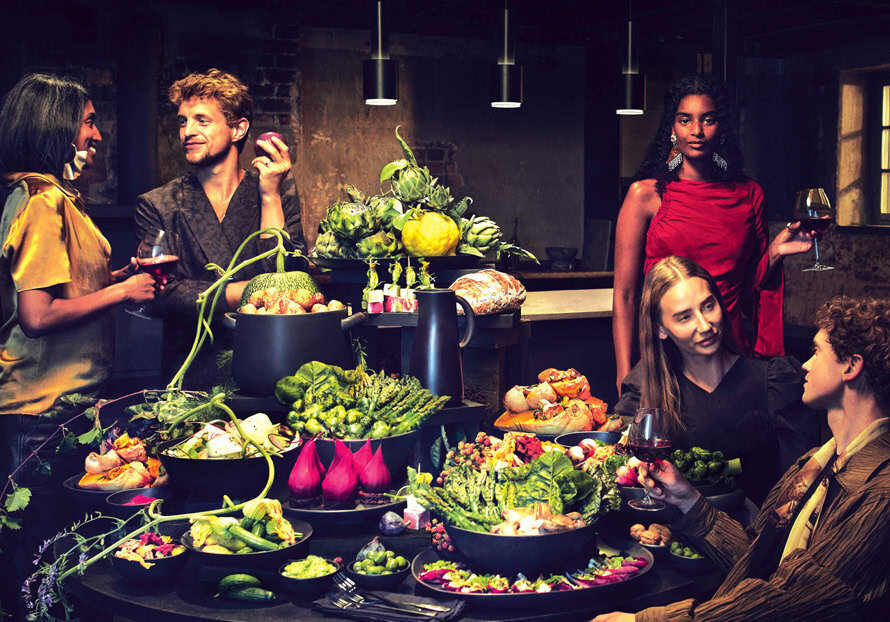Set within a nature reserve with spectacular 360-degree views of the surrounding land-scape, this eco-cabin near Cape Town is an enviable family retreat.
By Robyn Alexander
Perched on the spectacular slopes of Klein Hangklip mountain, just over an hour’s journey from town, this remarkable eco-cabin is an enviable family retreat that combines elegant simplicity of design with seemingly endless views of RooiEls beach and the surrounding nature reserve.
Eagles Nest is the brainchild of the Horn family, who purchased the high up piece of rugged farmland a number of years ago. Covered with indigenous fynbos vegetation, the property is part of the Kogelberg Biosphere reserve, within the Cape Floristic Region, a UNESCO World Heritage Site.
Back then, the only structure on the property was a small timber cabin, which burnt down during a wildfire in the early two thousands.
Fast-forward almost two decades to February 2022 when two members of the family happened to drive past the property, and on a whim turned into the then quite dilapidated access road to the vacant area where the run-down cabin had been situated

It was then that they were reminded of the land’s natural beauty and amazing views—the river mouth and beach, the Indian Ocean and the local mountain ranges and its unique environment.
As a team, the family jointly decided to work together to build an eco-cabin retreat on the site—providing the reserve’s development regulations would permit a new build. Turns out, with some clever planning one the part of family member Eddie Horn who has a background in property development, they received permission to go ahead with the expectation that the footprint of the new build was exactly the same as that of the original old timber structure.
Eddie was the obvious choice to manage the project. From the start, the aim was to build on “the truly unique attributes of the property,” Eddie suggests, “which could be enjoyed by our family, friends and guests.” It was also fortunate, he explains, that the builders of the original old cabin had placed it in the ideal location from which, “the amazing views over the ocean, into the ravines and up the Klein Hangklip mountain above the cabin” could be enjoyed.

With a clear idea of what the family wished to build in mind, Eddie knew that a container build would be optimal in terms of rapidly creating a new cabin on the spot. Architect Raymond Rietoff of RRAD was approached to assist with the cabin’s planning and design, and its construction was executed by SmartMod, who are local specialists in this type of build. Raymond was instrumental in “getting the positioning perfect on the existing footprint and getting the level right,” says Eddie. As a result, both the design and construction processes took place smoothly and swiftly. The off-site modular construction took only three months, with another three months of time spent on the on-site build. That was followed by a month during which finishes and interiors were installed.

The cabin was actually made by upcycling two 40-foot shipping containers, which are connected to one another via a “hybrid” central section with a gently pitched roof; Eddie felt that in addition to the steel containers as many natural materials as possible should be used.
The central connecting section between the two containers is a wooden structure, with Inverted Box Rib (IBR) sheeting and insulation materials deployed to protect the interior from the elements and efficiently insulate the cabin against the harsh coastal weather conditions. This also means that less power is required to both heat and cool the interior.
From the start of the development process, Eddie was working in consultation with his mother, Erna van der Merwe—who has a lifelong interest in design.

Erna was instrumental when it came to finishes and interior colour selections. The deep charcoal grey tones offset with lighter wooden finishes that she chose create a sleek, monotonal and contemporary look and feel for the interiors, and they also work beautifully in terms of the retreat’s situation.
As Eddie explains, the principle aim was “not to distract from or disturb the remarkable ambience created by the views and rich colours of the fynbos and mountains surrounding the cabin”.
When his family—Eddie himself, his wife Julia and their new baby Thomas spend time at the cabin, he says, they do very little. “We mostly just lounge and relax, cutting ourselves off from the rest of the world and immersing ourselves in the magnificent fauna and flora the biosphere has to offer. We also enjoy the almost daily visit by the local baboon troop, and seeing what they get up to. They always try their luck in terms of trying to steal a food morsel or 10!”

Anyone wanting to be more active can explore the farm, take a trip to one of the many nearby beaches, or venture onto the renowned hiking trails of the nearby Nature Reserve—but that said, tearing yourself away from these views isn’t going to be easy.
Photographs Greg Cox








